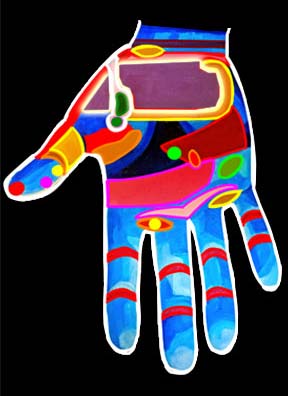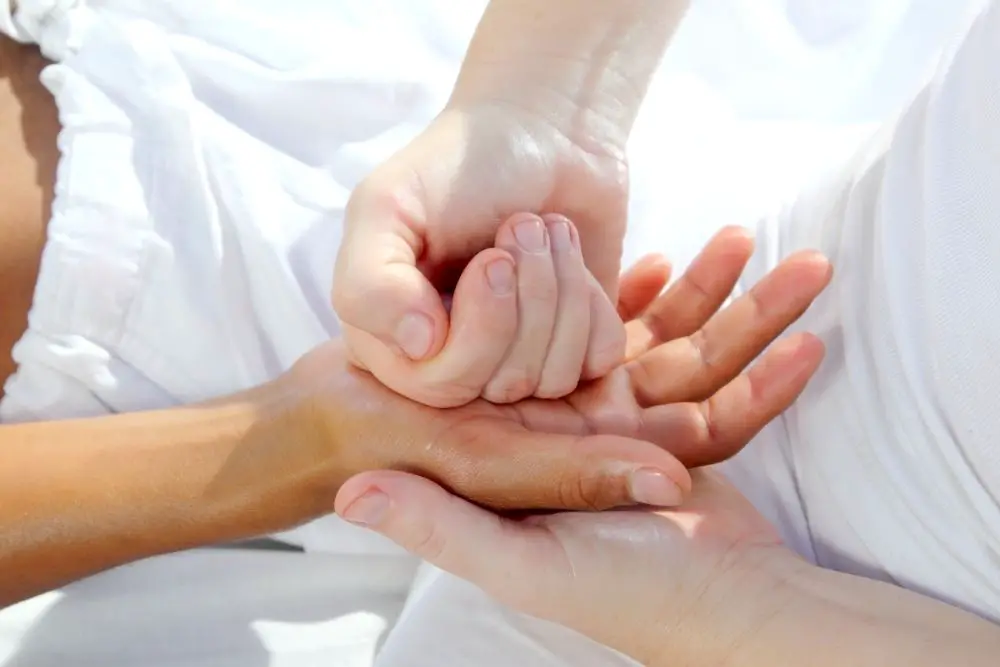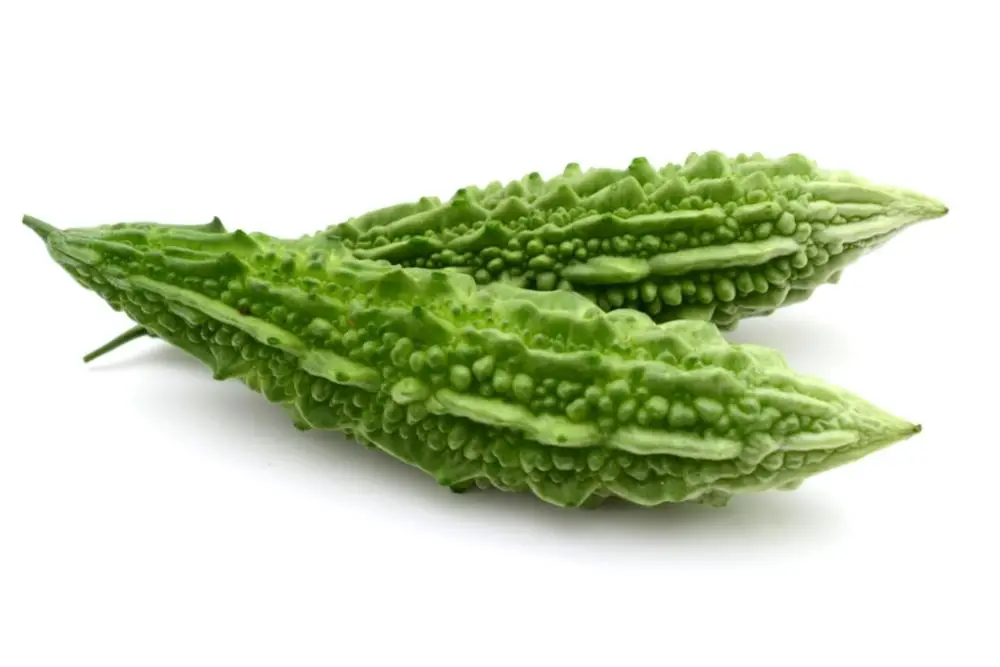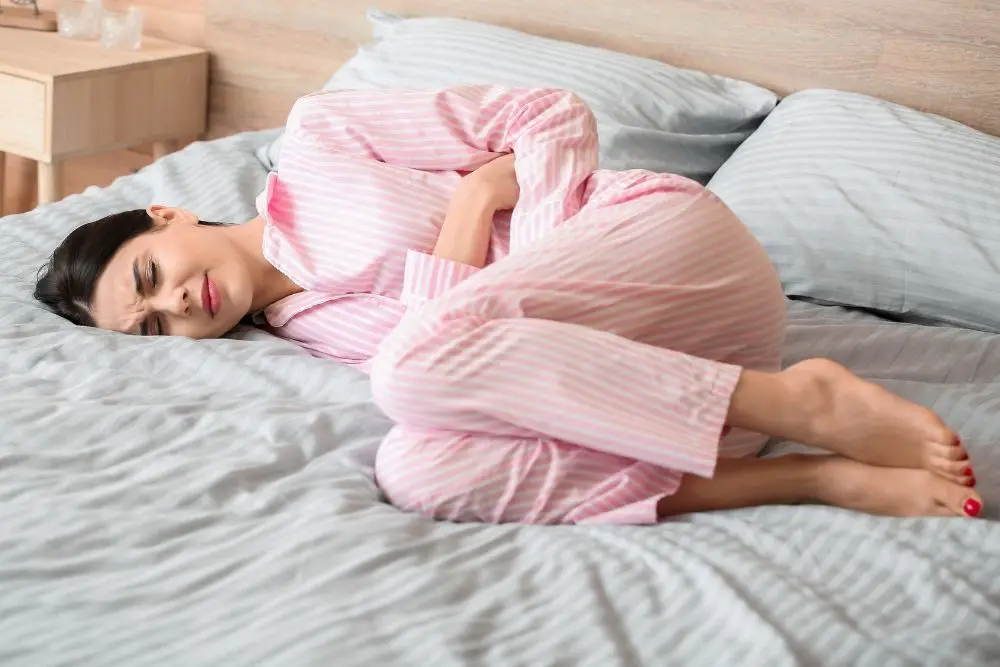Reflexology is a branch of massage. It is based on the theory that all areas of the body are connected to one another and your internal organs. The practice centers around the idea of putting different body parts under different levels of pressure to alleviate pain.
Reflexology tends to focus on the hands and feet, although it can be performed on the entire body. Many shops now sell reflexology socks. These are socks with individual toe holes that have a pattern printed on the underside.
This allows you to easily split your foot into sections to understand the specific regions of the body they correspond to.
What Is Sciatica?

Sciatica is a condition where the sciatic nerve is compressed or irritated. The sciatic nerve is very long. It begins in your lower back and runs all the way down to your feet. Sciatica is not a lifelong condition, and the symptoms usually begin to alleviate within 4 to 6 weeks of the pain beginning.
If you suffer from sciatica, you are likely to have stabbing, burning, shooting pain, or pins and needles. These will be felt up your butt cheeks, up the backs of your legs, and along the feet and toes. You may also feel numbness or weakness in these regions.
These symptoms can be exacerbated by sneezing, coughing, or moving. You may also experience slight pains in your back, but this will be much less than in the other areas of your body.
History of Reflexology
Reflexology is a staple element of traditional Chinese medicine. It is grounded in the belief in qi, the vital life force energy that is believed to flow throughout the body. When you are ill or stressed, the flow is blocked. This then leads to an imbalance throughout your body, making you more ill.
Reflexology is designed to keep the qi flowing smoothly through the body. There are a number of different pressure points across the body, each with a different purpose. When pressed, or activated, the energy will be forced to flow freely around.
There are other theories to support the practice of reflexology. In the 1890s in Britain, it was discovered that nerves connect all areas of the body. From there, they realized that the touch of a reflexologist could soothe the central nervous system and allow the body to relax.
Another theory is that the body contains 10 separate vertical zones. Each zone includes different regions of the body and will correspond to a specific toe or finger.
What Are the Benefits of Reflexology?

There is not a huge quantity of scientific evidence to back up the benefits of reflexology. There is a little evidence showing that the practice can reduce feelings of stress and anxiety over time, as well as reducing pain levels. It has also been proven to positively impact your moods and emotions. Reflexology can generally improve your overall well-being as part of a holistic approach to health management.
There is anecdotal evidence stating that reflexology can help to boost the function of your immune system. Some people believe that this effect is so strong it can assist with recovery from colds, flu, and bacterial infections. Some even believe that it can fight cancer!
People believe that reflexology can help to drain and clear the sinuses and improve the progress of the digestive system. It can alleviate back pain and hormonal imbalances. It is believed to improve symptoms of arthritis, boost fertility, and treat peripheral neuropathy. That is the numbness and nerve problems sustained as a result of taking cancer drugs.
Are There Any Dangers to Reflexology?
Generally speaking, there are no real dangers to reflexology. It is a non-invasive procedure similar in manner to a massage. There are a few health conditions that should make you a little more wary when considering reflexology.
These do not necessarily mean that you cannot have a reflexology treatment, but you may need to take some additional precautions.
Circulatory issues (particularly in the feet), inflammation, and blood clots in the leg veins are all issues you should raise with your reflexologist before treatment. Gout, foot ulcers, fungal infections, and open wounds should also be mentioned to your practitioner.
Thyroid problems and epilepsy can cause health issues that may be exacerbated by reflexology sessions. Finally, if you have blood problems such as a low platelet count, you will bruise or bleed much more easily.
It is not advised for pregnant women to undergo reflexology sessions. There are a number of pressure points, primarily located in the hands and feet, which are known to induce contractions.
This can be very risky in pregnancy as it could lead to a premature birth which causes health issues for your baby. If you wish to use reflexology to induce labor, you should only do so with the express permission of your doctor, midwife, or doula.
Sciatica Pressure Points
Brain reflex
This is found on the tips of your thumbs. Use the other thumb to gently massage the pressure point for a minute or so. As the brain is the powerhouse for the entire central nervous system, this is a great place to start your reflexology practice. The brain reflex point is marked on the diagram with a red dot.
Sciatic nerve
This is not technically a single point but is actually 2 parallel energy lines running down your lower leg. On the inner leg, you should feel just behind your ankle bone. Follow this line underneath the inner calf bone and stop just below your knee.
To massage this line, stand with one foot elevated on something, such as a stair. Place the knuckle of your index finger behind your ankle bone. Apply firm pressure as you move the knuckle up your leg, following the direction of your bone. Stop just before you reach the knee.
The outer sciatic nerve line begins below the knee and follows underneath the outer calf bone until it reaches your ankle. Standing in the same position as before, place your knuckle underneath the knee and feel for the rounded edge of the outer calf bone. Follow this down your leg until you reach the ankle.
It is vital that you go up from the ankle to the knee on the inner side, and vice versa on the outer side. You should trace the lines between 15 and 20 times each, twice a day to feel the effects.
Inner hip
This reflexology point is located just underneath the inner ankle bone. It is a flattened crescent shape. To find it, feel for a slight indentation around the lower side of your ankle with your thumb. Add a couple of drops of moisturizer to increase the lubrication and reduce friction.
Massage this area in a forward and backward motion for 30 seconds at a time. For the best results, repeat this process 4 times a day. There are several nerves in this region and you may feel a mild electric shock sensation if you accidentally contact one.
If this does happen, reduce the amount of pressure you are using and reduce the massage time to 15 seconds.
Outer hip
This is in the same position as the inner hip, just on the outer side of your foot. All of the same instructions as above apply here.
Solar plexus
This point is found on the feet and is believed to be the grounding point of the body. It is also sometimes referred to as Kidney 1, K1, or Bubbling Spring. It is found on the sole of the foot. It is about ⅓ of the way down from where your toes start or ⅔ of the way up from the heel.
It is found in the center of the foot. To find it easily, curl your toes back and look for the dip that forms in the crease. This is K1. Massage it gently but firmly for a few minutes to feel the effects.
Urinary Bladder 23

This point is also referred to as Shenshu or BL23. This reflexology point is found on the lower back. It is approximately halfway between the bottom of the ribcage and the top of the hip bone. It is on either side of the muscles running along the spine.
As well as relieving pain linked to sciatica, this can help reduce edema, impotence, irregular menstrual cycles, and lumbar pain. It can also help to reduce symptoms of deafness, tinnitus, asthma, coughs, and bone diseases.
Urinary Bladder 40
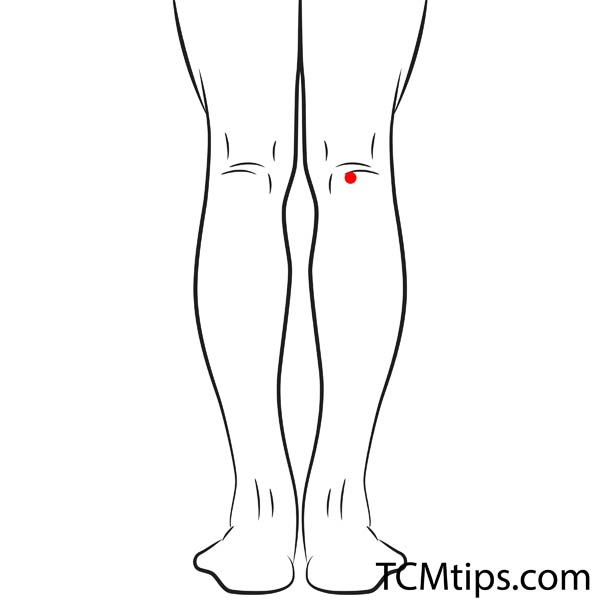
This point is found at the back of your knees, in the center of the crease. It is also referred to as Weizhong. It is believed to help alleviate pain associated with sciatica as well as more widespread lumbar pain, spasming, and weakness of the lower limbs.
It can also help to alleviate abdominal pain, diarrhea, and vomiting.
Spinal reflexes
These are found along the outer side of your palm and along the outer edge of the thumb. Gently apply pressure along this point for a few minutes to feel the effects.

Try our Anti-Aging Gua Sha Tool designed to bring out your skin’s natural glow.
Best Gua Sha Product- Anti-Aging: The tool is designed to target 11 specific aging signs such as wrinkles and sagging skin. By following the 7-step routine, users can improve skin firmness and reduce fine lines naturally.
- Enhances Skincare Routine: It works effectively with serums and lotions, boosting absorption and efficacy of skincare products.
- Visible Skin Improvement: Users can expect a smoother complexion, reduced puffiness, and a more youthful appearance.
 P. Sze
P. Sze 
